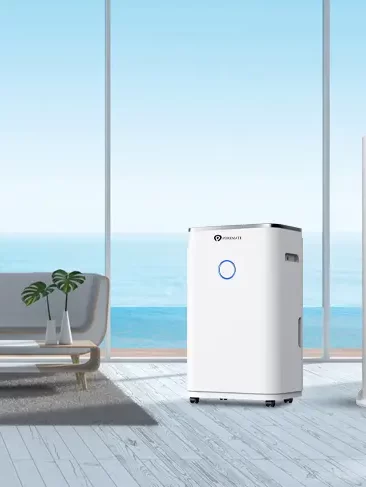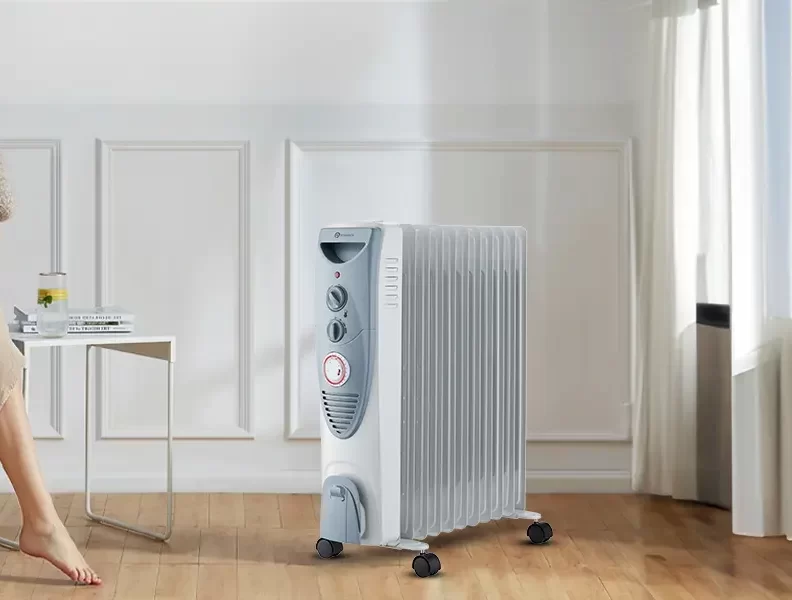A Dehumidifier can take that damp feeling out of a basement or laundry room and prevent a few other sticky situations: Humidity levels above 50% can breed dust mites, mildew, and mold, triggering allergies or other health problems. Typically, Our Buying Guides helps you a lot. The damper your space, the more capacity you’ll need in a dehumidifier.
To remove moisture, dehumidifiers use a fan to move air over refrigerated coils, pull moisture from the air, and drip it into a tank. All the models in Consumer Reports’ tests perform adequately overall. But some come much closer than others to meet the humidity levels indicated on the Humidistat. And some are more efficient or run more quietly than others. Below are effects of High humidity:
- Mold Spots on Ceiling or in Corners of Walls
- Health problems (e.g Asthma, Flu & Common Cold)
- Damage to your home.
- Slow drying laundry & Impact on electronic devices
Measuring Humidity?
A study stated that relative indoor humidity should not exceed 60% or 80%. But the ideal level of humidity that should be maintained in a room must actually be determined according to the occupants, their health conditions and the region (climate) they live in.
There are several types of appliances aimed at measuring humidity at home:
- Hygrometer — tools measuring humidity only, mostly for professional use.
- Digital Indoor Thermometer Hygrometer — measure both temperature and humidity, the most common and cheapest type of appliance measuring humidity.
- Home Weather Station — measure various atmospheric data, including humidity.
- Smart Hygrometer (a.k.a smart humidity sensor)
Buying guides homes may have moisture problems only at certain times of the year, such as in Spring when there is a lot of groundwater runoff, while other residences need help to control moisture levels, year-round. There are also times when moisture is a problem only in one room or area of the home and though small, this should not be neglected.
Once excessive moisture is detected, the first plan of action should be to discontinue any use of humidifiers if these are in use or to try and remove what is causing the humidity. Further action should be taken to find the cause and remedy the situation.
Why Do I Need A Dehumidifier?
For health reasons, it’s important to maintain a proper humidity level in your home. While too little humidity can cause some discomfort issues such as chapped lips as well as cracks in wooden furniture. The reverse side of the coin – too much moisture, can make your home a breeding ground for mold and mildew. which can lead to some very serious health issues. A dehumidifier can help you remedy excess moisture problems.
Classicial buying guides Consistently provides you high humidity throughout the entire house is another warning sign. Which can be determined with smart thermostats that can read humidity levels. Prolonged exposure to high humidity can cause wood to rot and the breakdown of other building materials such as gypsum board, paints, varnishes and metal wiring. The presence of moisture can pave the way for destructive pests too, including termites and carpenter ants.
How We Test Dehumidifiers?
We test dehumidifiers in three categories based on capacity, which refers to the amount of water they remove from the air:
- Small: rated to remove 30 to 35 pints of moisture per day.
- Medium: rated to remove 50 pints per day.
- Large: rated to remove 60 to 70 pints per day.


